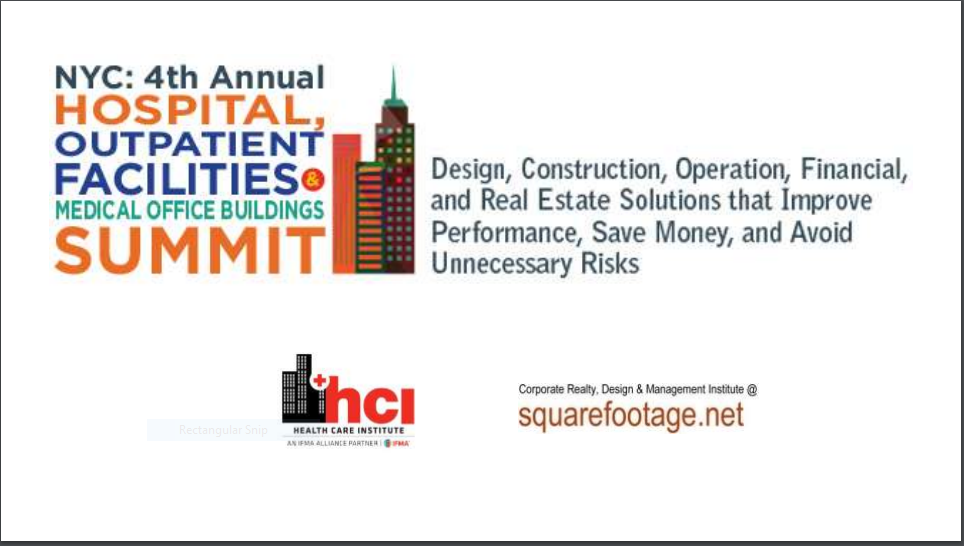NYC Hospitals Summit: How HER, Big Data, IoT, and new Medical Technologies are Reshaping Healthcare Facilities

The McMorrow Reports covered on Oct. 2, the NYC: 4th Annual Hospital, Outpatient Facilities & Medical Office Buildings Summit. Daniel Barchi, Senior Vice President and Chief Information Officer at New York-Presbyterian, and Dusty Majumdar, Vice President and Chief Marketing Officer for IBM Watson Healthcare, were paired to discuss “How HER, Big Data, IoT, and new Medical Technologies are Reshaping Healthcare Facilities.” Here are main points from each presenter:
Daniel Barchi, Senior VP and Chief Information Officer at New York-Presbyterian.
New York-Presbyterian has two primary data centers in New Jersey, but he says more often he’s going to the cloud. “I really don’t want to be in the data center business,” he says.
Barchi is also trying to use expensive equipment more efficiently by layering schedules and working across departments.
He says New York-Presbyterian’s big push is into telemedicine. “We’re more and more keeping people out of the hospital,” he says. “We would prefer that people not even come.”
He says they had 10,000 visits this year and a goal of 100,000 visits next year. However, they want 15 percent of all hospital visits to be through telemedicine. He wants us all to know someone who has had a great telehealth visit.
He says their telestroke ambulances have MRIs on board and can save the patients 30 to 40 minutes in being diagnosed and treated. “Every minute is two million brain cells,” he adds.
Patients who come to the ER can be seen more quickly onsite by a telemedicine doctor. He also gave an example of a liver transplant patient being seen online for follow-up appointments saving time, energy and cutting risk of infection.
Dusty Majumdar, Vice President and Chief Marketing Officer for IBM Watson Healthcare
Majumdar says big data can help with false positives. He gave the example of someone having a CT scan where the size of tumor is inconclusive. Normally a patient would be sent back for CT and PET scans every few months and eventually a biopsy with possible complications. But imagine if the scanner could use analytics to compare the nodule to others and determine with a high probability whether it is malignant or benign. He says you can add a regular blood draw searching for signatures of cancer in the blood, and you’ll have a pretty conclusive, low-cost, low-invasive diagnosis.
He says they also are working at using data to predict major episodes for patients with diabetes and heart conditions. By monitoring patients and uploading data, they can predict problems.
